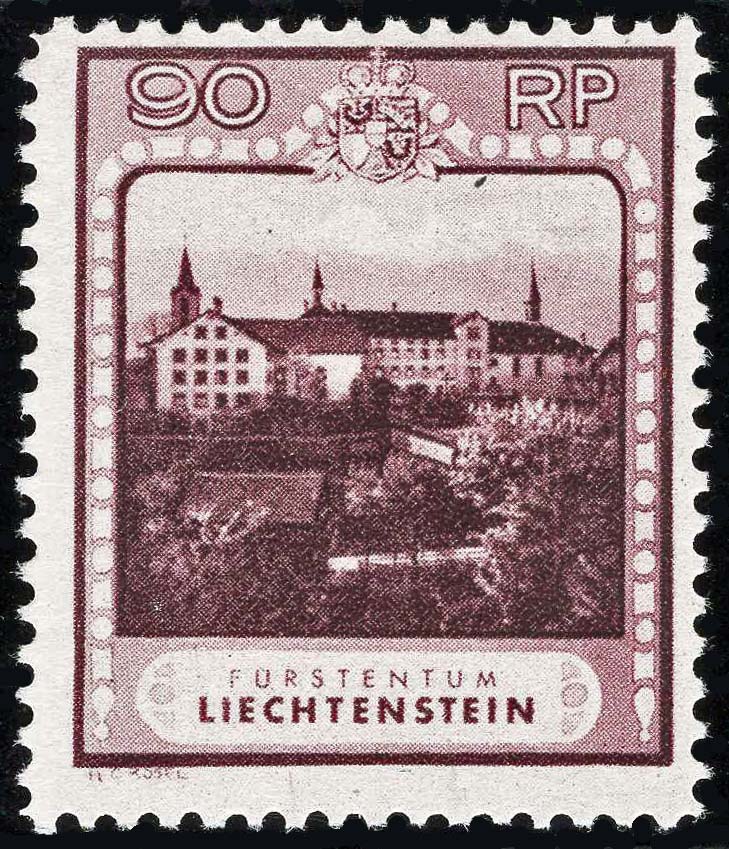The Evolution of Workspaces: From Cubicles to Collaborative Hubs
페이지 정보
작성자 Rosalinda 작성일 25-06-29 19:52 조회 3 댓글 0본문
In the 1950s and 1960s, the concept of the offfice partition was born. Enclosed workstations were designed to provide employees with a sense of separation and individuality from their colleagues while still maintaining a sense of teamwork. These were the early days of the modern office, and traditional office layouts quickly became the norm. They were efficient, and helped to create a clear distinction between individual work areas.
However, as the workforce became more adaptable and technology advanced, cubicles began to feel uncomfortable. The rise of the open office, popularized by companies like Cooper Hewitt, brought about a shift in how people worked together. Open offices eliminated the restrictions of individual cubicles and encouraged collaboration among employees.
One of the primary drivers of this shift was the concept of "activity-based" working. This philosophy, which was first introduced by Dutch designers Frits and Piet, encouraged employees to work in a variety of settings, depending on the task at hand. For example, employees might work from a shared area for meetings and brainstorming sessions, or from a private office for 畑岡宏光 focused individual work.
This approach led to the development of more flexible and responsive office spaces. Companies began to design environments that reflected the diverse needs of their employees, incorporating areas for concentration, communication, and recreation. This included the incorporation of services such as break rooms, leisure areas, and wellness centers.
The latest advance in workspace design has been the rise of co-working spaces. Co-working spaces, popularized by companies like WeWork, provide a shared workspace for entrepreneurs. These spaces offer members access to a community of like-minded individuals, networking opportunities, and a range of amenities such as training rooms and copiers.
Co-working spaces have standardized access to quality workspace, providing an choice to traditional office rentals. They have also fostered a sense of teamwork, encouraging entrepreneurs to share ideas and resources.
As the way we work continues evolving, it's clear that the traditional concept of a workspace is becoming increasingly obsolete. With the rise of remote work and flexible working arrangements, the need for a dedicated office space has diminished. The traditional office cubicle is a remnant of the past, replaced by more modern and dynamic spaces that cater to the diverse needs of employees and entrepreneurs.
In the future, we can expect to see even more dynamic and forward-thinking workspace models. With the emergence of mixed reality technologies, the office space of the future may be reimagined into a virtual ecosystem, where employees can work from anywhere in the world. While this may sound like science fiction, it's a possibility that could fundamentally change the way we work.
The evolution of workspaces has been a enlightening journey, reflecting the evolving needs and values of the modern workforce. As we look to the future, it's clear that workspaces will continue to adapt of the curve, reflecting new technologies, evolving workforce values, and shifting cultural norms. One thing is certain: the humble enclosure is a thing of the past, replaced by more modern and flexible spaces that foster creativity.

- 이전글 How to Gamble Safely and Responsibly
- 다음글 자이언트 선릉풀사롱 O1O=6454=7467 유미대표 잠원동2차룸 추천 정보 [가격,시스템,서비스,위치,노는법] 정보
댓글목록 0
등록된 댓글이 없습니다.
